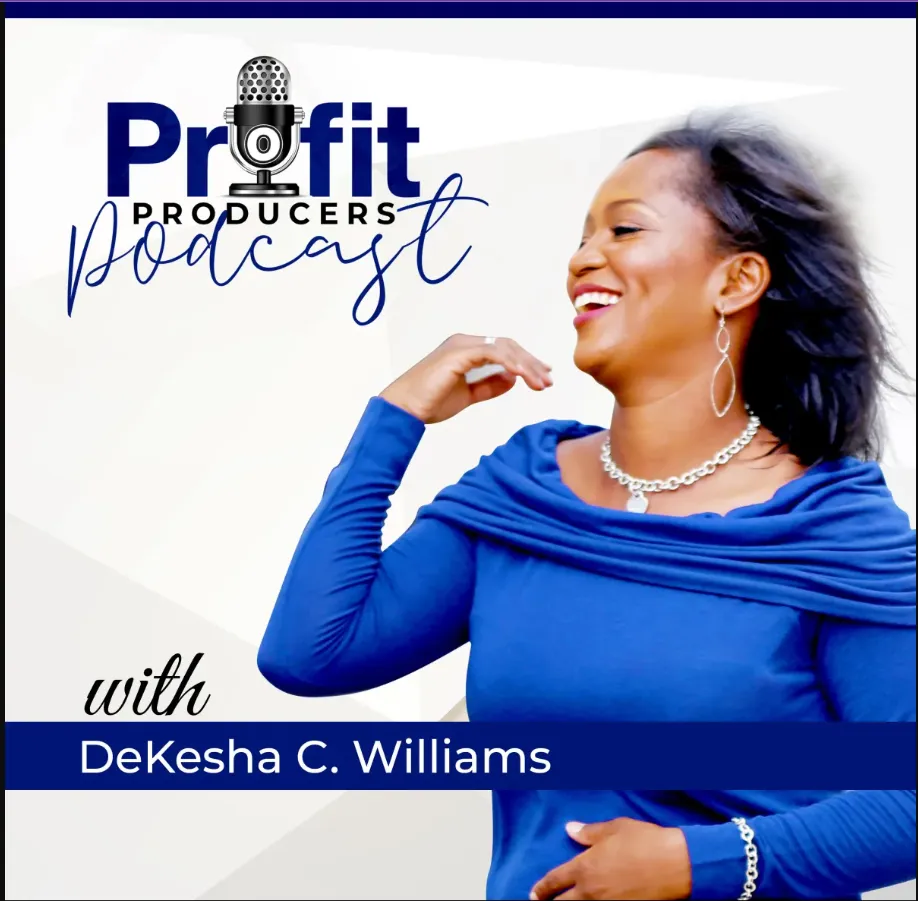
Why Your Launches Aren't Working
"Success in business is not about avoiding failure, but about learning from it and growing stronger each time." - Dekesha C. Williams
Hey there! It's Dekesha C. Williams, your go-to webinar and business strategist, and today’s training is going to hit home for many of you. We're diving deep into why your launches aren’t working and, more importantly, how you can fix them. Whether you’re in the middle of a launch, planning one, or just need to level up your approach, this post is for you. Let’s jump right in!
What Is a Launch Anyway?
Before we get into the nitty-gritty, let’s make sure we’re all on the same page. When I talk about a launch, I’m referring to a series of events aimed at enrolling clients into your signature course or high-ticket offer. A launch could look like a live event, a webinar, a challenge, or even a summit (though, let’s be real, summits aren’t what they used to be in 2019 or 2020).
I’ve seen people call two-day workshops “summits,” and let me tell you, that’s not what we’re talking about here. Just make sure you're using the right terminology for what you’re actually doing. You want clarity in your messaging right from the start.
The Three Common Launch Failures
Now, let’s get into the three most common reasons why launches fail. If you’re guilty of any of these, don’t worry—you’re not alone. We’re here to fix them!
1. Lack of Consistent Lead Flow
A lot of launches fail because there’s no steady flow of leads. You can’t just start posting about your event a week before and expect magic to happen. Building relationships and nurturing your leads needs to be a consistent, ongoing process. If you're not regularly engaging with your audience and bringing in new leads, you’re essentially setting yourself up for an empty webinar room.
Think about it: if you’ve done no prep work, why would anyone show up to your event?
2. Unclear Sales System
The second reason is an unclear sales system. You could have the most amazing presentation, but if you don't know how to confidently ask people to work with you at the end, your launch will fall flat. When you lack confidence in your offer or yourself, that energy will be felt by your audience. And let’s be real—they’re not going to invest in you if you don’t believe in yourself.
So before you step into that pitch, get comfortable with what you’re selling and own it. If you don’t believe in your own value, how can you expect your audience to?
3. Premature Automation
The third mistake is jumping straight into automation before you've validated your offer. I see this all the time—people pre-recording webinars, setting up all these fancy email sequences, and automating the entire thing without ever testing it. How do you know your offer converts if you’ve never even tested it live?
Automation is great, but only after you’ve validated that what you’re offering resonates with your audience and that the systems you’ve set up are working. Don’t try to skip the hard work.
How to Fix It: The 12-Week Launch Blueprint
Now that we know what’s wrong, let’s talk about how to fix it. Here’s the secret: you need a structured approach. That’s why I created the 12-Week Launch Blueprint—to ensure that you’ve got everything in place for a successful launch.
The blueprint breaks down the process into clear, actionable steps. Here’s a sneak peek at the first few weeks:
Weeks 1–3: Planning Phase
Start by defining your audience, your offer, and your messaging. This is when you put your lead magnet into play and start building anticipation.Weeks 4–6: Pre-launch Phase
This is where you begin nurturing your leads, creating valuable content, and making sure your audience knows who you are and why they should care. You’ll want to tease your offer to get them excited.Weeks 7–9: The Launch Phase
This is where you do the thing. Whether it’s a webinar, a workshop, or a challenge, you’re now fully in launch mode. This is where your audience is ready to buy, so your pitch needs to be on point.Weeks 10–12: Post-launch Phase
After your launch, take the time to analyze what worked and what didn’t. Celebrate your wins and refine your process for the next round.
One of the key takeaways here is the idea of longer runway = more profit. You can’t expect to get big results with little time. For virtual events, a 4-6 week marketing period is ideal. For live events, you need 3-6 months to really fill those seats.
Take Action Now!
Feeling overwhelmed? Don’t worry! I’ve been there too. That’s why I want to offer you a FREE discovery call to discuss your launch strategy and see how we can fine-tune it for success. Whether you need help setting up your sales system, building consistent lead flow, or making sure your automation works, I’m here to guide you.
Don’t miss out on the opportunity to take your launches to the next level! [Insert your CTA here: e.g., "Book your FREE discovery call now," or "Download the 12-Week Launch Blueprint and start planning your successful launch today!"]
I’m rooting for your success—let’s make it happen!
